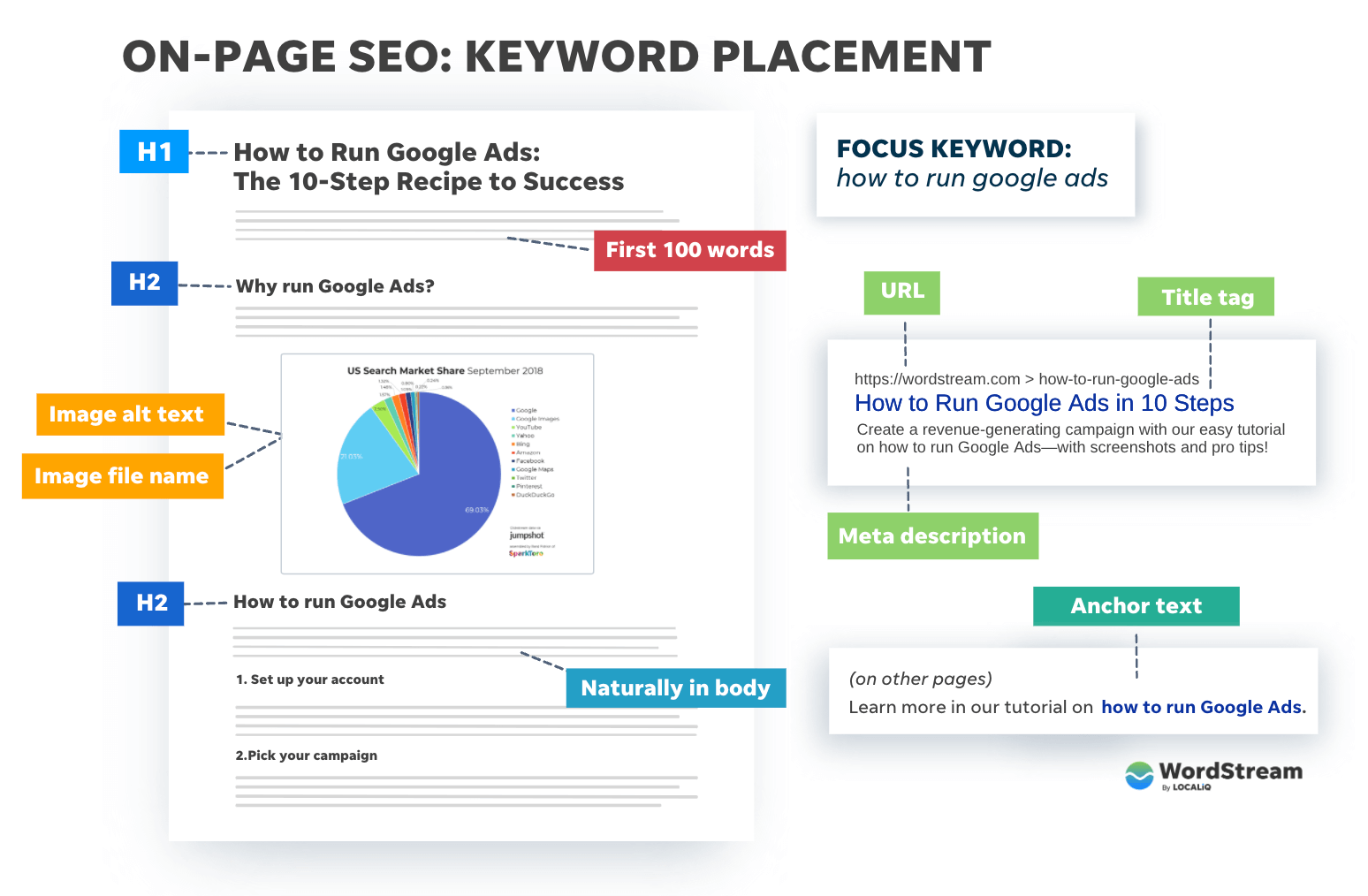A Comprehensive Overview to Secondary Dimensions in Google Analytics: Unveiling Its Duty in Information Interpretation
A Comprehensive Overview to Secondary Dimensions in Google Analytics: Unveiling Its Duty in Information Interpretation
Blog Article
Revealing the Influence of Second Measurement in Google Analytics on Data Evaluation and Insights
In the world of information analytics, the usage of second measurements within Google Analytics has actually emerged as an essential device for drawing out much deeper understandings and unraveling facility patterns that could otherwise stay obscured. By peeling off back the layers of main information sets, additional measurements supply a nuanced perspective that improves the understanding of customer behavior, website performance, and the performance of advertising approaches.
Checking Out the Idea of Second Dimensions
Secondary dimensions in Google Analytics offer added insights by enabling customers to examine key information together with an additional attribute. This feature enables a more complete understanding of the key information by adding one more layer of info for analysis. By integrating additional dimensions, users can dive much deeper into the data and reveal important correlations that could otherwise go undetected. By combining the main information of web site traffic with secondary measurements like demographics or habits, marketing professionals can obtain a more comprehensive sight of their audience and tailor their methods accordingly.
Recognizing the idea of second dimensions is crucial for making the most of the capacity of Google Analytics. It permits customers to segment data efficiently, determine patterns, and make notified choices based upon a much more full photo of their analytics data. By checking out the various secondary dimensions available in Google Analytics, individuals can open brand-new understandings and optimize their electronic advertising efforts. In significance, additional measurements act as a powerful tool for enhancing data analysis and driving workable outcomes.
Enhancing Data Interpretation With Additional Measurements
Having actually developed the fundamental understanding of second measurements in Google Analytics and their crucial function in information evaluation, the emphasis now changes in the direction of leveraging these secondary credit to enhance the analysis of analytics data (what is a secondary dimension in google analytics). By incorporating second measurements right into information evaluation, experts can obtain deeper understandings right into user actions, website performance, and advertising efficiency

In addition, second measurements assist in contextualizing primary information metrics by offering additional layers of details. This contextualization aids in comprehending the 'why' behind the information fads, assisting analysts make educated optimizations and decisions to improve overall efficiency. Ultimately, incorporating secondary dimensions improves the data analysis procedure, causing even more meaningful understandings and strategic activities.
Discovering Hidden Insights Via Additional Measurements
Checking out the midsts of analytics why not try this out data with second dimensions exposes valuable understandings that would certainly otherwise continue to be obscured. By integrating secondary dimensions in Google Analytics, businesses can uncover covert patterns, fads, and connections that provide an even more comprehensive understanding of individual actions and site performance. These added layers of data permit analysts to dig deeper into the primary measurements, such as web traffic sources or touchdown pages, and acquire an extra nuanced point of view on exactly how different variables interact with each various other.
With the use of additional dimensions, analysts can segment and compare data throughout various dimensions, enabling them to identify particular factors that influence customer involvement, conversion prices, and general success metrics. By matching the primary measurement of 'tool group' with the additional dimension of 'age group,' marketing experts can determine which age demographics like accessing the web site with mobile devices versus desktops.
Leveraging Second Measurements for Actionable Analytics
Building upon the understandings unveiled through additional dimensions in Google Analytics, organizations can now harness this enriched data landscape to drive workable analytics and tactical decision-making. By leveraging second dimensions, companies can delve much deeper into their data to remove important patterns, fads, and connections that might have previously gone undetected. This much deeper level of evaluation enables organizations to acquire an extra extensive understanding of customer habits, project performance, and total site performance.
One secret advantage of using secondary dimensions for workable analytics is the ability to sector data based on details requirements. This segmentation enables services to tailor their campaigns and techniques to various target market groups, leading to extra targeted and efficient advertising initiatives - what is a secondary dimension in google analytics. In addition, additional measurements give an even more alternative sight of customer interactions, making it possible for organizations to optimize their internet site web content, design, and general individual experience
Optimizing Decision-Making With Second Measurements
To boost strategic decision-making in analytics, leveraging secondary dimensions in Google Analytics can supply an extra nuanced point of view great site on customer actions and campaign efficiency. By integrating second dimensions right into information evaluation, organizations can dive much deeper right into the specifics of their web site visitors' interactions and engagement patterns. This additional layer of information enables a more extensive understanding of just how various variables, such as demographics, devices, or traffic sources, influence vital performance signs.

Conclusion
Finally, using second dimensions in Google Analytics plays a crucial duty in improving data analysis and revealing hidden insights. By discovering this concept, one can obtain a much deeper understanding of individual actions and make notified decisions based on actionable analytics. Leveraging secondary dimensions permits a much more thorough interpretation of data and maximizes the efficiency of decision-making procedures.

Report this page